Milestones in literature and art
Although it is a place that “goes first and comes last”, Ho Chi Minh City’s literature and arts have left brilliant marks. The most typical example is the field of literature. After the anti-American resistance war ended, many writers returned from the war zone and actively participated in the literary life of the city in particular and the whole country in general, such as: Che Lan Vien, Bao Dinh Giang, Vien Phuong, Doan Gioi, Nguyen Khai, Vu Hanh, Trang The Hy, Tran Bach Dang, Nguyen Quang Sang, Anh Duc, Hoai Vu, Hai Nhu, Le Van Thao, Chim Trang, Diep Minh Tuyen…
Also in Ho Chi Minh City, after the country's reunification, a golden generation in literature was formed with names such as Nguyen Nhat Anh, Le Minh Quoc, Truong Nam Huong, Le Thi Kim, Ly Lan... In particular, writer Nguyen Nhat Anh, who is considered a unique phenomenon in the literary world when many works were printed in large quantities, reprinted many times and translated into many different languages.
According to writer Bich Ngan, President of the Ho Chi Minh City Writers Association, although there has not been a report or a complete list of literary works that have been conceived, born and accompanied the development of Ho Chi Minh City over the past 50 years, it is a fact that cannot be ignored: literary works have played and are playing an important role in many art forms, contributing greatly to the cultural and artistic achievements of Ho Chi Minh City.
In the field of music, many poems have been set to music, becoming immortal songs such as City of love and nostalgia, Visiting Uncle Ho's mausoleum, Footprints ahead, Farewell to sunset... Many plays and movies have also been adapted from short stories and novels that have been well received by the public such as: Far and near, Wild fields, Season of the monsoon wind, Long Thanh cam gia ca, Kinh kaleidoscope, Co dao hat...

Another highlight in the cultural and artistic life of Ho Chi Minh City in the past 50 years is the formation of socialized theater. According to People's Artist Tran Minh Ngoc, since 1986, our country has advocated "opening up" to integrate with the outside world, accepting the competitive market mechanism. However, the positive and negative impacts of "opening up" have changed the way people work, look at life, and relax after a day of work. Ho Chi Minh City theater has also suffered these negative impacts when the theater is empty and there are increasingly fewer people watching plays, operas, and reformed operas...
In that seemingly insurmountable situation, young and dynamic artists gathered together and found a solution to the problem of conquering the audience, bringing them back to the stage. That was the birth of socialized stages such as Hong Van Drama Stage, IDECAF Stage, Saigon Drama Stage, Hoang Thai Thanh Stage..., later on there were Hong Hac Stage, Quoc Thao Stage, Truong Hung Minh Art Stage, Trinh Kim Chi Stage, Thien Dang Stage... Thanks to that, every night, many stages in the city were lit up, serving the audience.
According to Dr. Vu Thi Mai Oanh, former Head of the Department of Political Theory, Ho Chi Minh City Academy of Officials, Ho Chi Minh City currently has 8 public art units and about 700 units with the function of organizing art performances, 11 drama stages and about 20 locations that can serve art performances well. Currently, Ho Chi Minh City has 56 cinemas and cinema complexes, of which 5 are leading enterprises, holding 98% of the market share of Vietnamese films. This is also the locality with the largest film market share in the country with about 40%.
Along with that is a widespread publishing house system, with 2 publishing houses managed by the city, 4 publishing houses belonging to universities, 4 representative offices of foreign publishing houses, 28 branches of central and local publishing houses in Ho Chi Minh City. These facilities allow the city to promote the process of building a cultural industry in the coming time", Dr. Vu Thi Mai Oanh commented.
Increase market share for Vietnamese films
It is no exaggeration to say that the Ho Chi Minh City film market is one of the most vibrant in the country, with more and more films earning hundreds of billions in revenue. According to data from the Ho Chi Minh City Department of Culture and Sports, the film industry is home to 935 businesses, with a revenue of 500 million USD, contributing 0.43% of the GRDP. However, the film industry is also facing many problems, especially the story of cinemas.
Specifically, while state-owned cinemas are somewhat modest, the private cinema system, especially from foreign investors such as Galaxy, BHD, CGV, Lotte... is almost dominating the market. The two "giants" CGV and Lotte alone account for 80% of the cinema market share. Not only Korea, but in the near future, Japan will also start to participate in the cinema market in Vietnam.
Not to mention, producing a film requires an investment of tens of billions of dong, while importing foreign films is much cheaper. Perhaps that is why journalist Ngo Ngoc Ngu Long asked the question: How can Vietnamese cinema stand firm when film imports are completely left to joint venture organizations and individuals?
“Before joining the World Trade Organization (WTO), Korea forced theaters to show domestic films for 5 months a year, but after joining, it was reduced to 2 months a year. That means even though Korea joined the WTO, it still tries to protect its domestic film market. Why don’t we apply this method to increase the market share for Vietnamese films? And if we want Vietnamese films to be strongly promoted, first of all, Vietnamese people must control the theaters, and localities must build new and renovate cinemas, and build modern cinema complexes. This issue inevitably requires strategic investment from the State,” journalist Ngo Ngoc Ngu Long suggested.
With such a brilliant achievement, writer Trinh Bich Ngan believes that excellent literary works need to be republished in printed books and e-books, and at the same time need to be promoted to the world. According to her, after being printed and digitized, literary works need to be widely promoted to domestic and international readers. “And to promote literature to the world, we first need to implement the Literature Translation Project to translate and publish literature from Vietnamese into some popular languages such as: English, Chinese, Korean…”, writer Trinh Bich Ngan said.
The Propaganda and Mass Mobilization Department of the Ho Chi Minh City Party Committee has just organized a seminar on "50 years of Ho Chi Minh City Literature and Arts - Promoting tradition, continuing the future". The seminar aims to summarize the practice of 50 years of the city's literature and arts, thereby proposing solutions to promote good traditions and orient future development. In addition, the seminar is also an opportunity to promote the intelligence of scientists, managers, cultural experts and artists to concretize the contents, connotations and directions, and solutions for the development of literature and arts in the new period associated with the reality of Ho Chi Minh City.
Source: https://www.sggp.org.vn/nua-the-ky-nhin-lai-van-hoc-nghe-thuat-tphcm-post791391.html







![[Photo] Prime Minister Pham Minh Chinh chairs conference on anti-smuggling, trade fraud, and counterfeit goods](https://vphoto.vietnam.vn/thumb/1200x675/vietnam/resource/IMAGE/2025/5/14/6cd67667e99e4248b7d4f587fd21e37c)
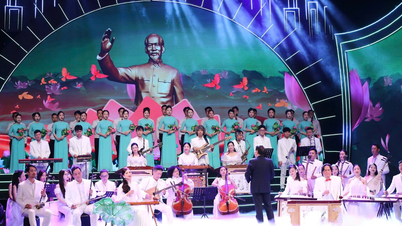

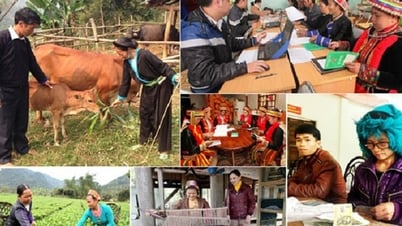

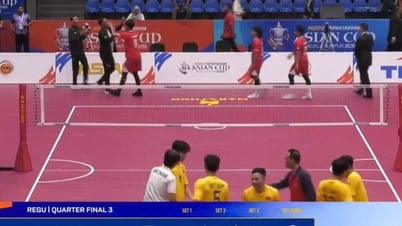

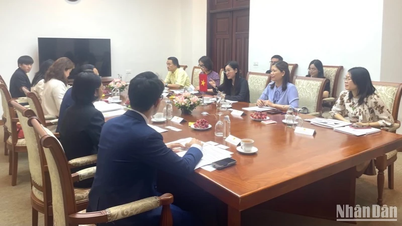

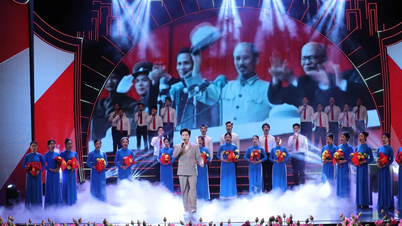




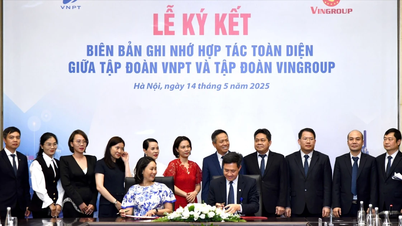
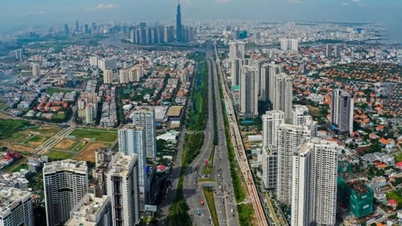
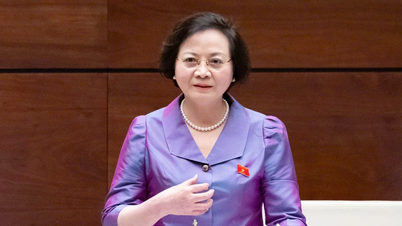
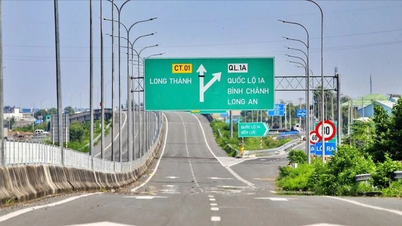

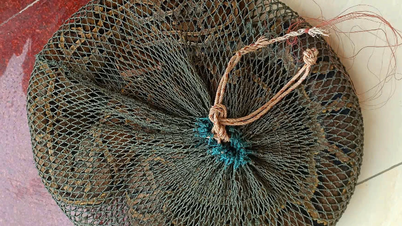


























































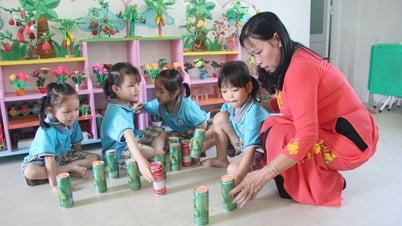









Comment (0)